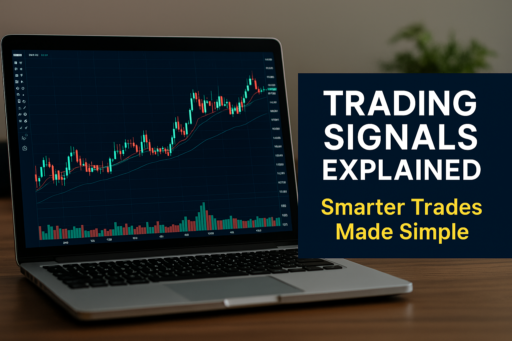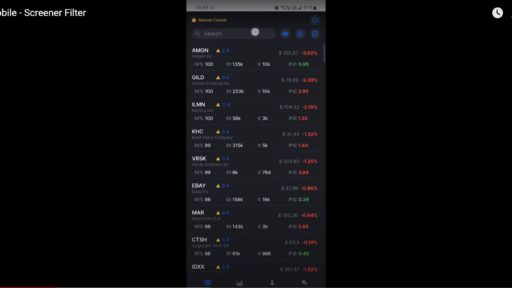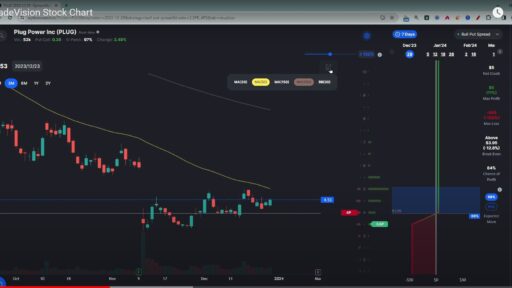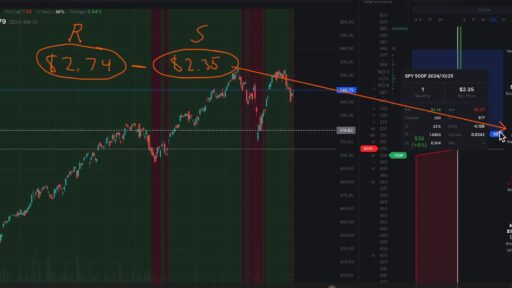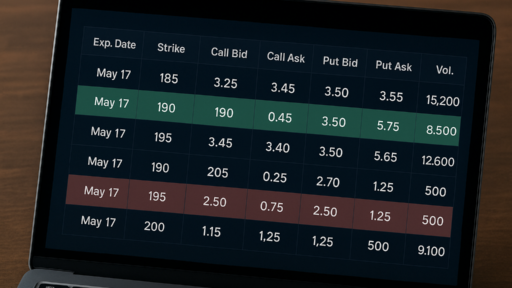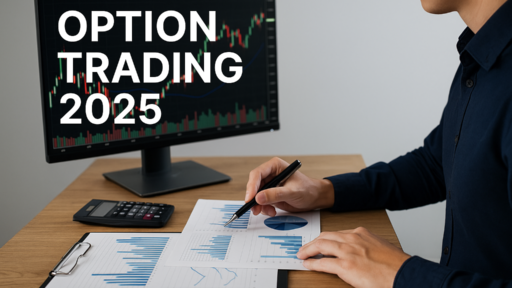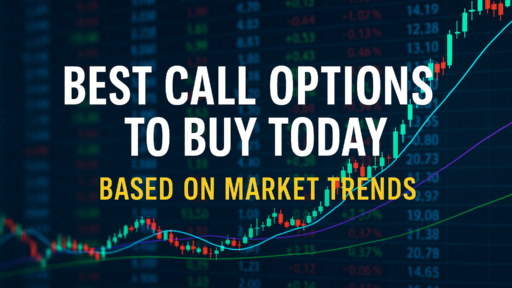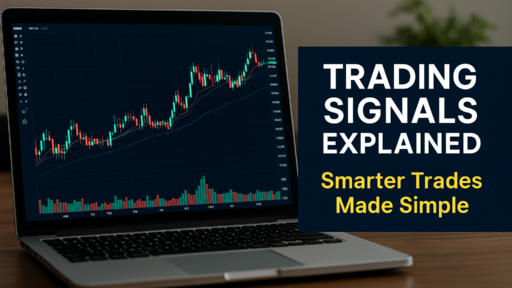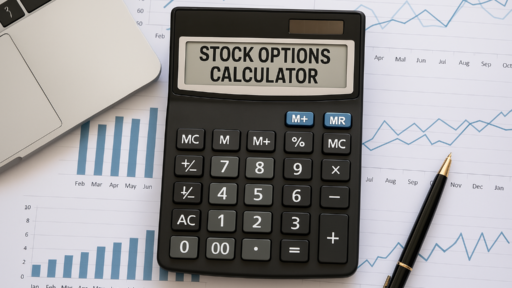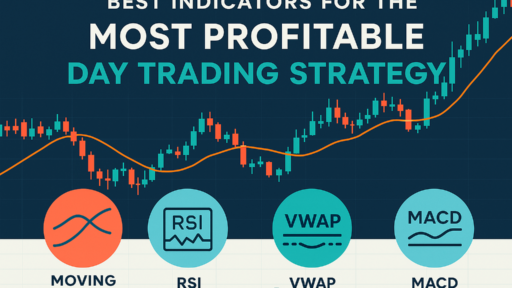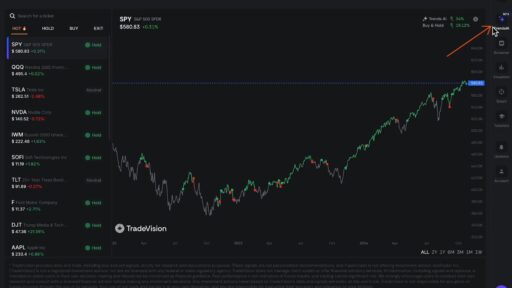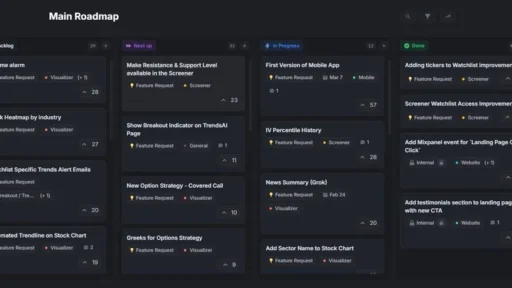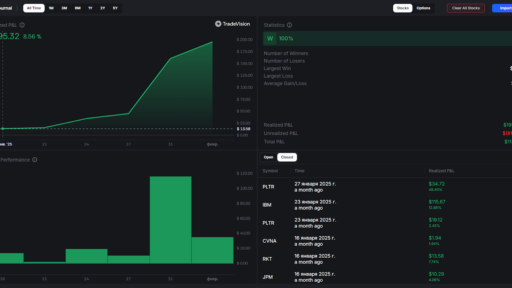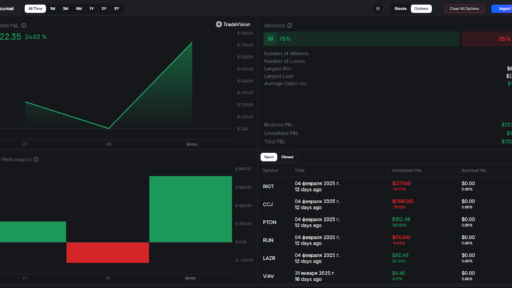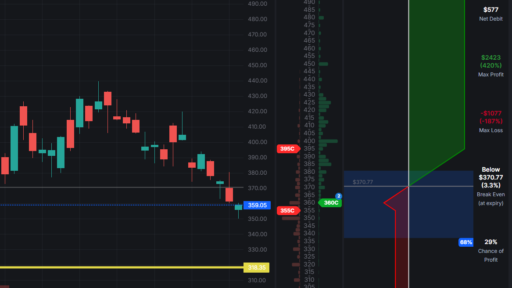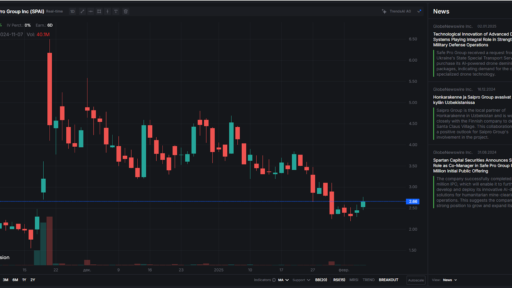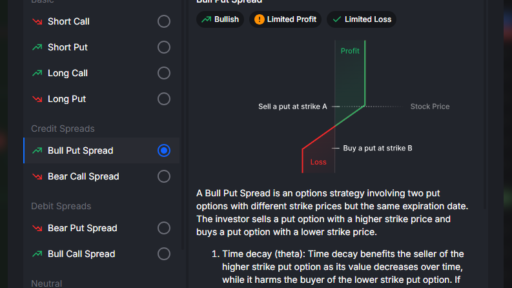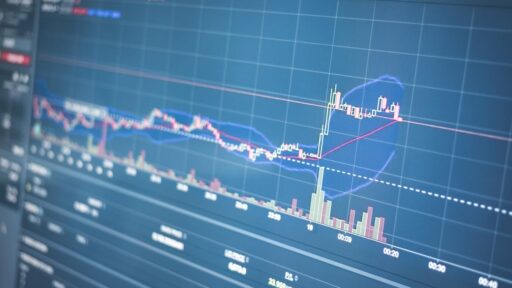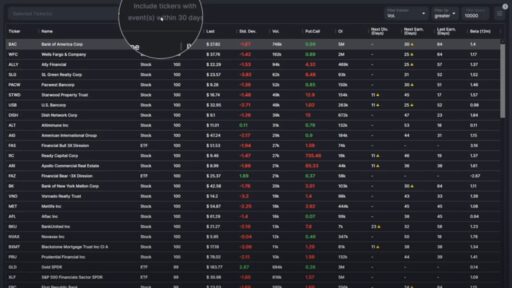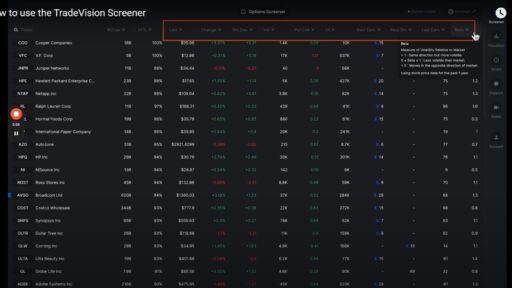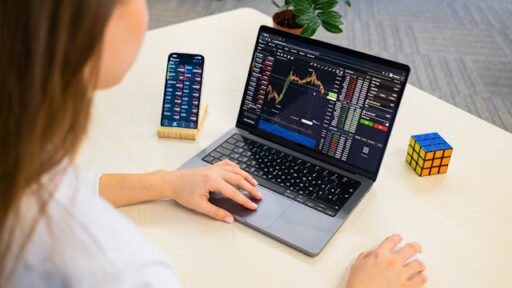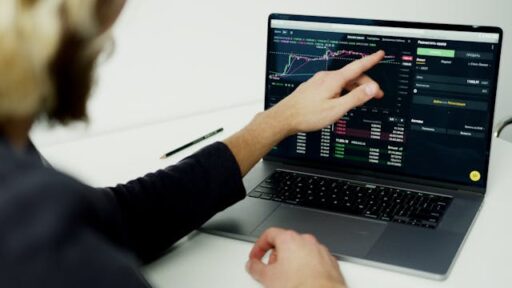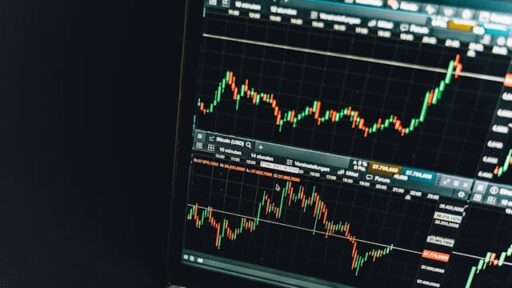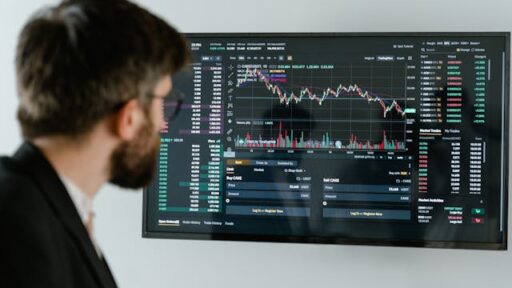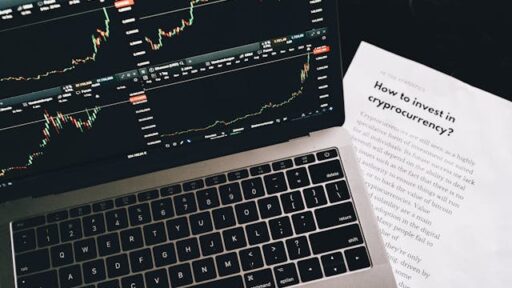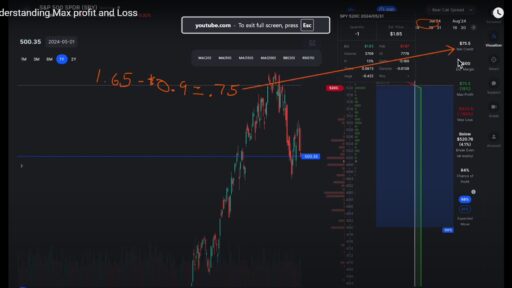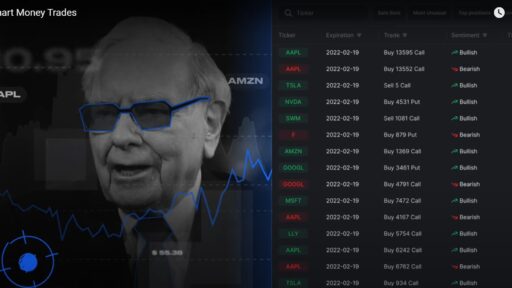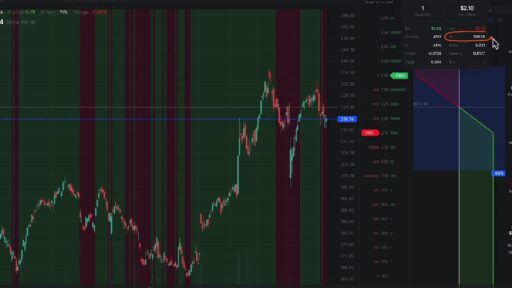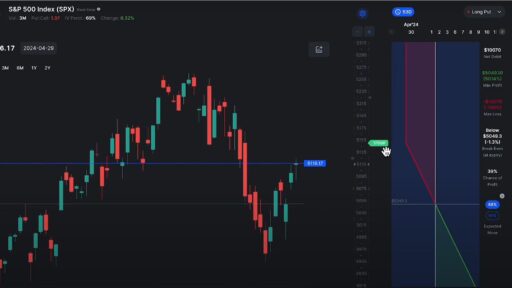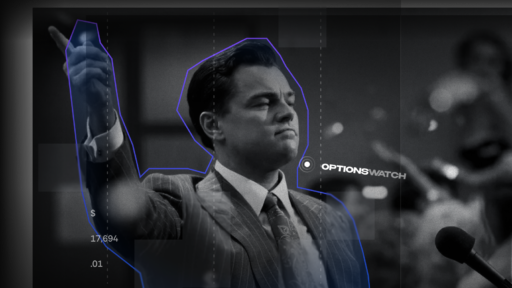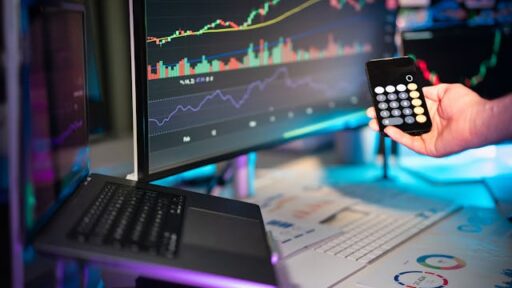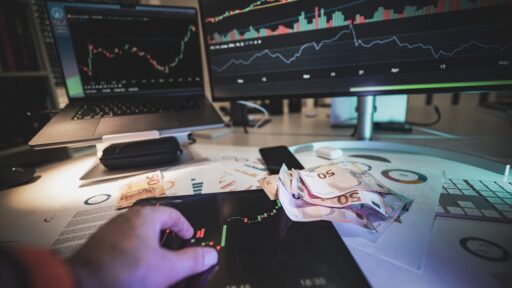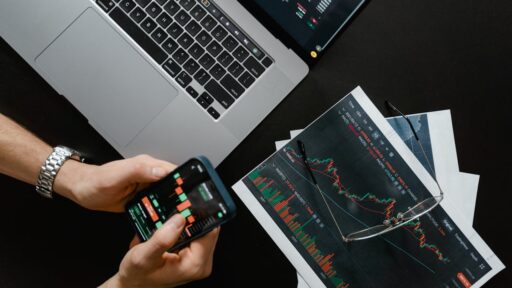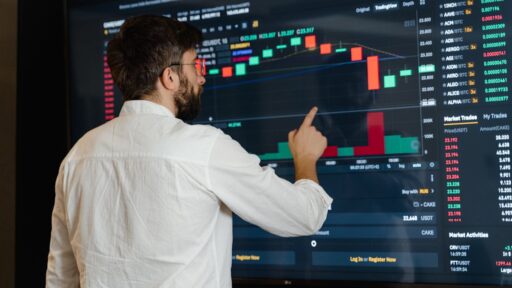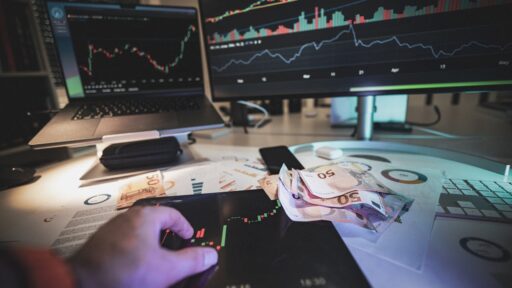If you’ve been dabbling in the world of trading—or are just starting to explore it—you’ve probably come across the term trading signals more than once. It might sound a bit technical at first, but trust me, once you get the hang of it, trading signals can seriously change the game.
Whether you’re trading forex, stocks, crypto, or commodities, these little nuggets of insight can help guide your decisions and save you from a lot of guesswork. But what exactly are they, how do they work, and which platforms make the most of them?
Let’s break it all down.
What Are Trading Signals (And Why Should You Care)?
Fundamentally, a trading signal is a recommendation or warning to purchase or liquidate an asset at a certain point, usually grounded in technical analysis, market trends, or even basic information. Consider it as a headsup from the market stating, “Hey, something fascinating is going on here.”
An experienced trader can create trading signals by hand, or they can come automatically via algorithms and trading bots. They go off many data points like:
- Moving averages
- RSI (Relative Strength Index)
- MACD (Moving Average Convergence Divergence)
- Volume and volatility
- Economic news and events
Some signals are super simple—like “Buy EUR/USD at 1.0925 and set a stop-loss at 1.0880”—while others come with a detailed breakdown of why the trade makes sense.
Why They Matter
If you’re not a full-time trader or don’t have hours every day to analyze charts, trading signals do a lot of the heavy lifting for you. They:
- Help identify entry and exit points
- Reduce emotional decision-making
- Save time on technical analysis
- Offer learning opportunities for beginners
In short, they’re like having a second pair of eyes on the market—or a quiet mentor whispering in your ear.
How to Use Trading Signals Without Getting Overwhelmed
So you’ve found a few signals—now what? This is where a lot of people get stuck. Signals are only useful if you know how to use them wisely. Here are some tips to keep in mind:
1. Don’t Follow Blindly
Not all trading signals are equally created. One group is produced by robots with little actual supervision; another group is from respected analysts. Knowing where your signals are coming from and whether the source has a track record of accuracy is quite important.
This explains the rising popularity of tools like TradeVision. It marries wise signal systems with education and realtime information such that you are not only receiving warnings; you are grasping their rationale. It is the mix of knowledge and automation that sets one apart.
2. Use Proper Risk Management
Even the best trading signal isn’t a guaranteed win. Make sure you’re:
- Using stop-loss and take-profit orders
- Never risking more than a small percentage of your capital on a single trade
- Avoiding over-leverage
- Trust the signals, but respect the risk.
3. Backtest and Learn
A great way to build confidence is by backtesting signals on demo accounts or historical data. This helps you see how the signals play out over time—without risking your money.
Many modern platforms (TradeVision included) offer back-testing tools or demo environments to help traders gain confidence before going live.

Where to Find the Best Trading Signals (and What to Look For)
The internet is full of trading signals—from Telegram groups and Discord channels to paid subscription services and apps. But quality varies a lot. When looking for reliable signals, keep an eye out for:
- Transparency – Do they show past performance?
- Explanation – Do they just give alerts, or do they explain the rationale?
- Timeliness – Are the signals reaching you in time to act?
- Reputation – Is the service trusted by other traders?
Why TradeVision Stands Out
One reason I often recommend TradeVision is because it checks all those boxes. It’s not just about sending you alerts; it actually helps you understand the signals. The platform:
- Offers real-time, data-driven signals based on market-moving indicators
- Includes educational content so you can learn as you trade
- Has a user-friendly dashboard with smart alerts
- Is designed to grow with you—from beginner to seasoned trader
It’s kind of like having a co-pilot that teaches you as you fly.
FAQ: All About Trading Signals
What’s the difference between free and paid trading signals?
Free signals can be a great starting point, especially for beginners. However, paid signals often come with more detailed analysis, higher accuracy, and faster delivery. Think of it like this: free signals are like public weather forecasts; paid ones are like private meteorologist briefings.
Are trading signals always right?
Nope. No signal provider—no matter how advanced—can predict the market with 100% accuracy. That’s why it’s essential to pair signals with smart risk management and your own judgment.
Can I use trading signals on my phone?
Absolutely. Most platforms, including TradeVision, offer mobile apps that push real-time trading alerts straight to your phone. So whether you’re at your desk or on the go, you’re in the loop.
Can I learn to create my own trading signals?
Yes! As you grow more confident and understand technical indicators, you can begin crafting your own signals. Some platforms even let you build and test your own signal strategies.
Are signal services safe to use?
Yes—as long as you choose reputable providers. Be wary of any service that:
- Promises guaranteed profits
- Asks for direct access to your funds
- Offers no transparency
Look for platforms that offer educational support, demo environments, and transparent performance tracking.
Final Thoughts: Making Trading Signals Work for You
Trading signals aren’t magic wands—but they can be powerful tools in your trading toolkit when used right. They’re especially helpful if you:
- Don’t have time to constantly monitor the markets
- Want to learn as you trade
- Need a confidence boost when entering or exiting positions
The key is choosing the right source and combining signals with sound strategy. Whether you’re a beginner who wants a little direction or a more experienced trader looking to streamline your approach, trading signals can be a game-changer.
And if you’re looking for a well-rounded platform that goes beyond just sending alerts—TradeVision is a solid choice. It’s intuitive, educational, and built with traders in mind.
Ready to trade smarter, not harder? Start exploring what trading signals can do for your game.
